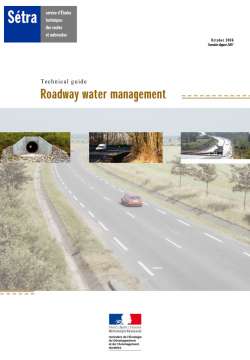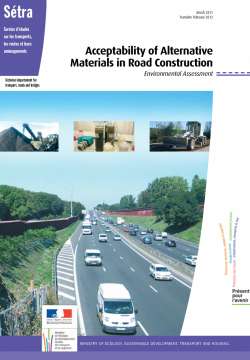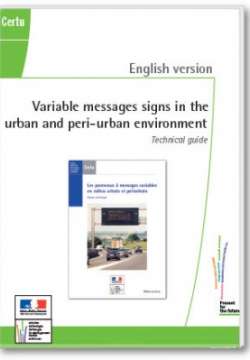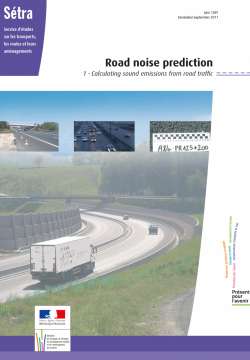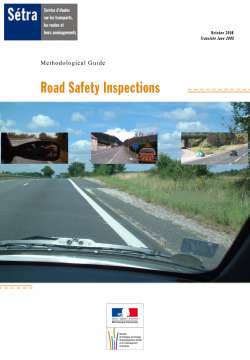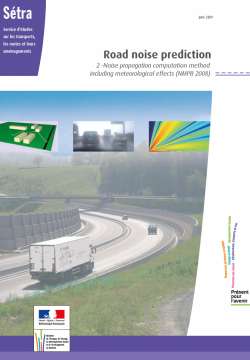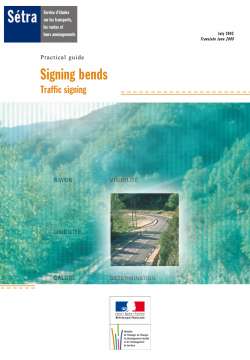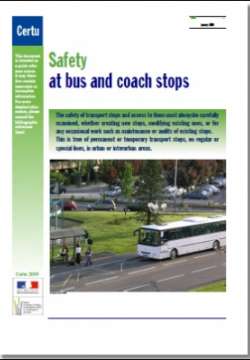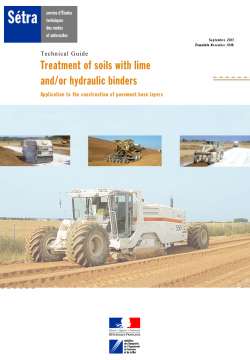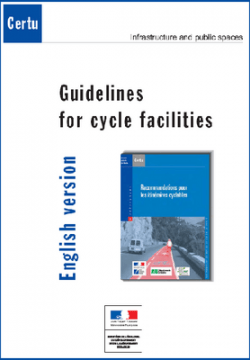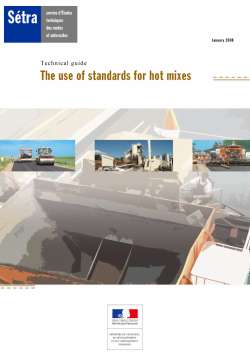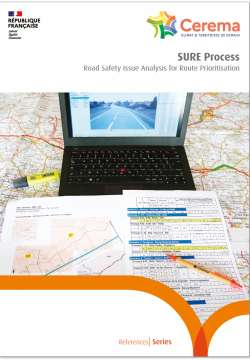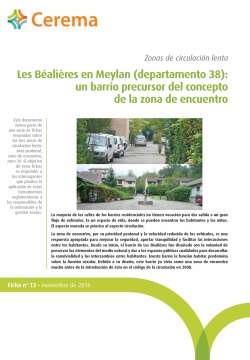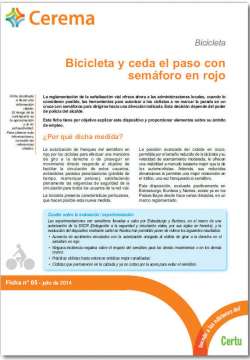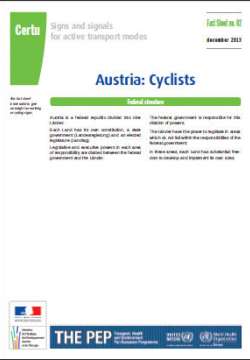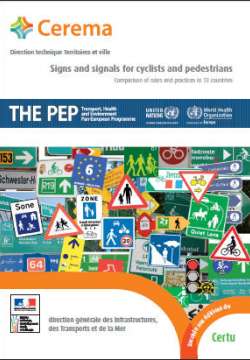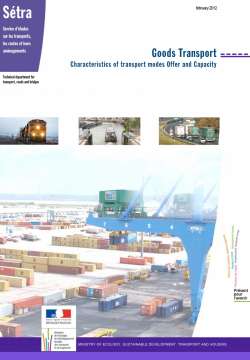Contents
The Sétra supports the public owner ............................................................................... 2
The Sétra, producer of the state of the art....................................................................... 2
The Sétra, a work in partnership ....................................................................................... 2
Contents................................................................................................................................ 5
Preamble .............................................................................................................................. 7
1 - Technical design of structures ..................................................................................... 8
1.1 - Re-establishment of natural flows (catchment areas < 100 km2)......................... 8
1.1.1 - General principles.................................................................................................... 9
1.1.2 - Determination of the project flow ........................................................................ 11
1.1.3 - Design of hydraulic structures ...............................................................................18
1.1.4 - Maintenance and operation of the hydraulic structures ................................. 19
1.2 - Surface drainage of the platform...............................................................................20
1.2.1 - General principles.....................................................................................................20
1.2.2 - Nature and function of systems .............................................................................20
1.2.3 - Choice of drainage structures and hydraulic design calculation ........................ 26
1.1.4 - Maintenance and operation of the structures [11] .............................................. 26
1.3 - Road structure drainage...............................................................................................27
1.3.1 - Definition ....................................................................................................................27
1.3.2 - Who does what? ........................................................................................................ 27
1.3.3 - Summary of the effects of water on the road......................................................... 27
1.4 - Controlling road pollution............................................................................................ 27
1.4.1 - Definition ................................................................................................................... 27
1.4.2 - Who does what? ....................................................................................................... 27
1.4.3 - Summary of risks and challenges .......................................................................... 28
2 - Sequence of studies ...................................................................................................... 29
2.1 - Preliminary studies...................................................................................................... 29
2.1.1 - Hydraulics* ............................................................................................................... 29
2.1.2 - Protection of Water Resources................................................................................ 29
2.2 - Outline Preliminary Project (APS) studies ................................................................. 30
2.2.1 - Choice of scales for the plans of the routes studied ............................................ 30
2.2.2 - Road surface drainage at the Outline Preliminary Project (APS) study stage.....30
2.3 - Project studies .............................................................................................................. 33
2.3.1 - Height setting constraints ........................................................................................ 33
2.3.2 - Validation of the general principles......................................................................... 33
2.4 - Water Law Dossiers (DLE) or water police [police de l’eau] dossier ....................... 35
2.4.1 - At the project study stage ......................................................................................... 35
2.4.2 - At the Outline Preliminary Project (APS) level ........................................................ 35
3 - Study quality approach ................................................................................................... 36
3.1 - Notions of process and progression, of inputs, outputs and tasks......................... 38
3.1.1 - Process ........................................................................................................................ 38
3.1.2 - Progression ................................................................................................................ 38
3.1.3 - Required "inputs" and expected "outputs" ............................................................. 39
3.1.4 - Main tasks .................................................................................................................... 39
3.2 - Issuing an order .............................................................................................................. 41
3.2.1 - General principles......................................................................................................... 41
3.2.2 - Progression of studies ................................................................................................. 41
3.3 - Traceability of choices/decisions, archives.................................................................... 55
3.4 - Validating the production................................................................................................ 55
4 – General technical appendices .......................................................................................... 56
4.1 - General elements of hydrology ...................................................................................... 56
4.1.1 - Rainfall data.................................................................................................................... 56
4.1.2 - Numerical example of application for the calculation of a project flow of a natural catchment area ...................................................................................................................................................... 58
4.2 - Elements of general hydraulics ....................................................................................... 65
4.2.1 - On the theory of flows .................................................................................................. 65
4.2.2 - ABAC design charts for small hydraulic structures for re-establishing natural flows............................................................................................................................................ 74
4.2.3 - Constructional arrangements and protection of hydraulic structures ................... 84
4.2.4 - Dimensioning of a hydraulic structure for re-establishing natural flows - application example....................................................................................................................................... 86
4.2.5 - Surface drainage of the platform - calculation method ............................................ 94
4.2.6 - Surface drainage of the platform - hydraulic calculations - application examples 97
4.3 - Glossary.............................................................................................................................. 105
4.4 - Abbreviations and symbols ............................................................................................. 108
Abbreviations (French) .............................................................................................................. 108
Symbols........................................................................................................................................ 108
4.5 - Table summarizing principle formulae ........................................................................... 110
4.6 - Bibliography (non-exhaustive list)................................................................................... 112
Technical documents:................................................................................................................. 112
Regulatory texts: ........................................................................................................................ 112
For information .......................................................................................................................... 112
